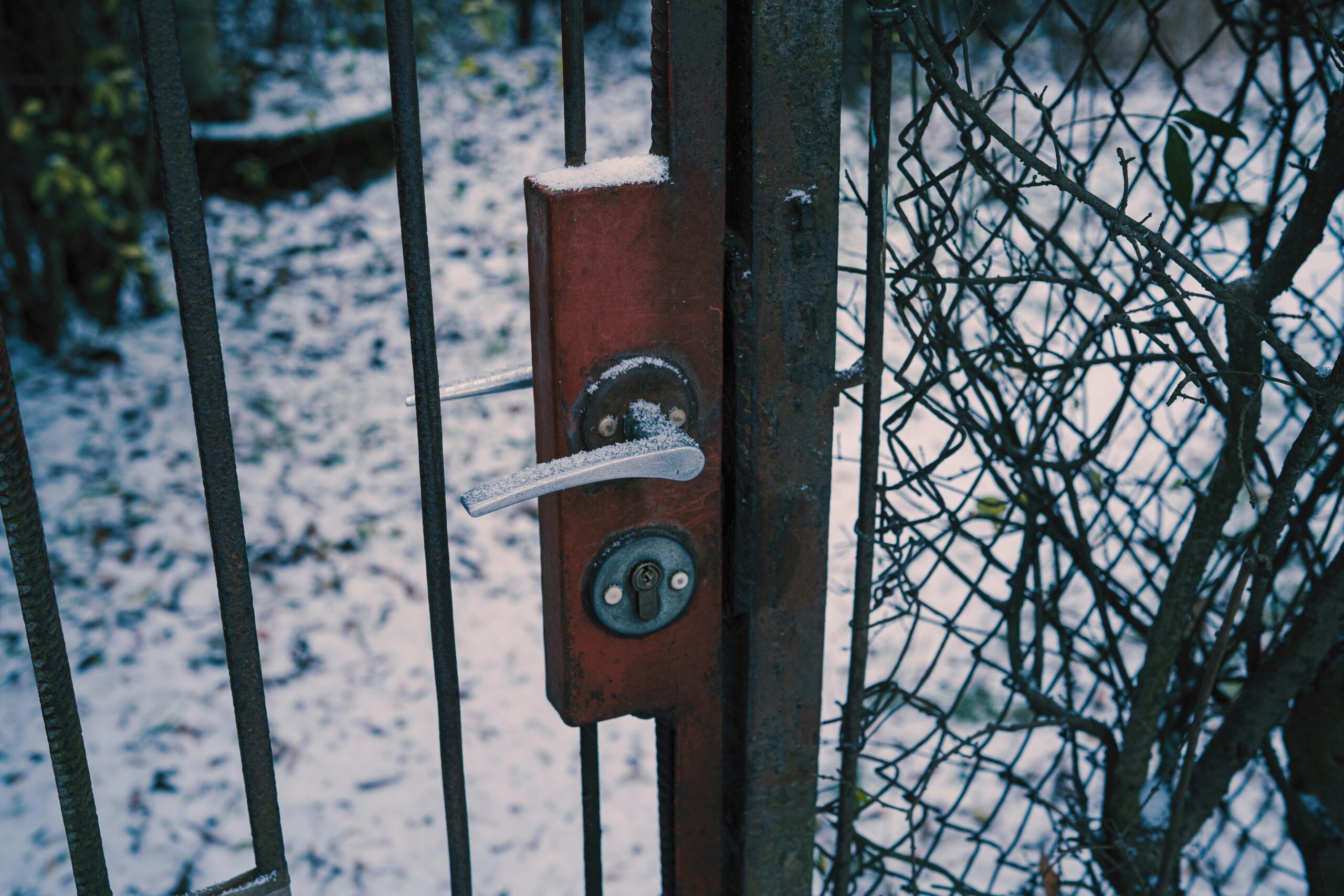In the quiet stillness of a winter morning, when frost delicately blankets every surface and the air bites with icy resolve, even the simplest act-unlocking a door-can transform into an unexpected challenge. In cold regions, where temperatures routinely plunge below freezing, the weather does more than shape the landscape; it exerts a subtle yet persistent influence on everyday mechanisms, including door locks. This article explores the intricate relationship between harsh weather conditions and lock performance, unveiling how freezing temperatures, moisture, and ice conspire to affect security and convenience when the mercury drops. Understanding these impacts not only prepares residents for winter’s grip but also highlights the importance of choosing and maintaining locks designed to withstand the chill.
Table of Contents
- Understanding the Effects of Cold Weather on Door Lock Mechanisms
- Common Lock Failures Caused by Freezing Temperatures
- Preventative Measures to Protect Door Locks During Winter
- Choosing Weather-Resistant Locks for Harsh Climates
- Maintenance Tips to Ensure Smooth Operation in Cold Conditions
- Q&A
- Insights and Conclusions
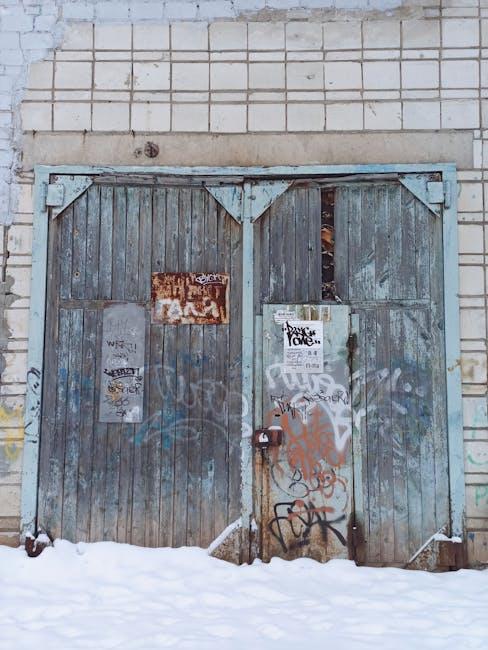
Understanding the Effects of Cold Weather on Door Lock Mechanisms
When temperatures drop, door locks often become victims of the harsh cold. Metal components contract, lubrication thickens or freezes, and ice crystals can form inside keyholes or mechanisms. These physical changes lead to a higher risk of locks sticking or becoming immovable, leaving homeowners frustrated and sometimes locked out. Additionally, moisture trapped inside the lock can freeze overnight, causing tumblers and pins to jam, which makes key turning difficult or even impossible until the ice melts.
Common issues experienced by door locks in cold weather include:
- Freezing of internal lock components
- Thickening or solidification of lubricant
- Metal contraction causing misalignment
- Increased wear due to forced key turning
| Effect | Cause | Possible Solution |
|---|---|---|
| Lock freezes | Moisture inside lock freezes | Use de-icer or warm the key |
| Key hard to turn | Lubricant thickens | Apply graphite powder lubricant |
| Misaligned bolt | Metal contracts in cold | Inspect and adjust door frame |
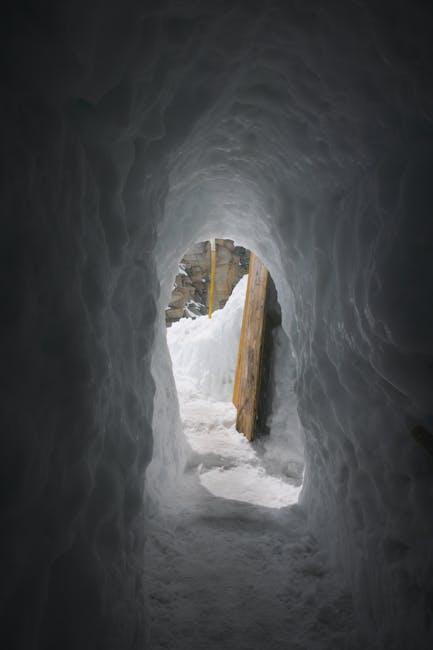
Common Lock Failures Caused by Freezing Temperatures
When temperatures plunge below freezing, locks can become uncooperative, leading to frustration and inconvenience. The moisture trapped inside the cylinder often freezes, causing the internal mechanisms to seize up. This results in keys that won’t turn or locks that remain jammed. Additionally, metal components contract in the cold, sometimes causing misalignments that prevent the bolt from sliding smoothly. In extreme cases, the buildup of ice can render the entire locking system unusable until it thaws.
Beyond the obvious freezing, several subtle failures occur more frequently in cold conditions:
- Frost buildup inside the keyway that blocks key insertion.
- Lubricants thickening or solidifying, which inhibit movement.
- Corrosion accelerated by freeze-thaw cycles, leading to weakened components.
| Failure Cause | Effect | Suggested Fix |
|---|---|---|
| Frozen Cylinder | Key won’t turn | Use a lock de-icer or warm the key |
| Misaligned Bolt | Lock doesn’t latch | Adjust the strike plate |
| Thickened Lubricant | Stiff lock action | Apply graphene or Teflon-based lubricant |
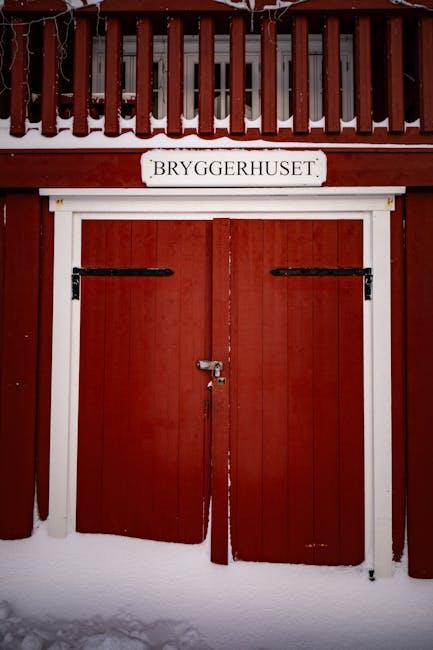
Preventative Measures to Protect Door Locks During Winter
Cold weather can be ruthless on your door locks, causing them to freeze, stick, or even break under pressure. To keep the metal mechanisms functioning smoothly during the harsh winter months, it’s essential to apply some routine care and protection. Start by lubricating your locks regularly with a silicone-based spray or a graphite powder. These lubricants are resistant to moisture and prevent ice from forming inside the lock cylinder, ensuring your key slides in effortlessly every time.
In addition, consider shielding your door locks from the elements with simple accessories and habits that minimize exposure to moisture and freezing temperatures. Using lock covers or weatherproof lock boxes can act as a barrier against snow, sleet, and freezing winds. Also, wiping down locks after encountering rain or snow can prevent water from seeping into the mechanisms and freezing overnight. Here’s a quick guide to ideal winter lock care:
- Use weather-resistant lubricants to maintain smooth key action.
- Install protective lock covers to shield from moisture and debris.
- Dry locks thoroughly after exposure to wet weather.
- Avoid forcing frozen locks to prevent damage to internal parts.
| Measure | Benefit |
|---|---|
| Silicone Lubricant | Prevents ice buildup and ensures smooth locking |
| Lock Covers | Guards against moisture and temperature extremes |
| Routine Drying | Stops internal parts from freezing |

Choosing Weather-Resistant Locks for Harsh Climates
When selecting locks for doors exposed to extreme weather, durability and resistance to environmental stressors are paramount. Locks in cold climates face challenges such as freezing temperatures, moisture infiltration, and ice buildup, which can cause metal components to contract, seize, or corrode over time. To withstand these conditions, it’s essential to prioritize materials like stainless steel, brass, and weatherproof-coated alloys that resist rust and temperature fluctuations. Additionally, locks with built-in weather shields or rubber gaskets significantly reduce moisture exposure, helping maintain smooth operation in subzero conditions.
Another critical factor is the lock mechanism itself. Models with sealed keyways and internal lubrication are less prone to freezing or binding. For those living in regions prone to heavy snowfall and ice storms, opting for locks featuring anti-icing technology or self-lubricating polymers can be a game changer. Below is a quick reference guide highlighting key features to look for:
| Lock Feature | Benefits for Cold Climates |
|---|---|
| Weather-Resistant Coating | Prevents rust and corrosion |
| Sealed Keyway | Blocks out moisture and debris |
| Anti-Icing Mechanism | Ensures smooth operation in freezing |
| Self-Lubricating Materials | Reduces maintenance and jamming |
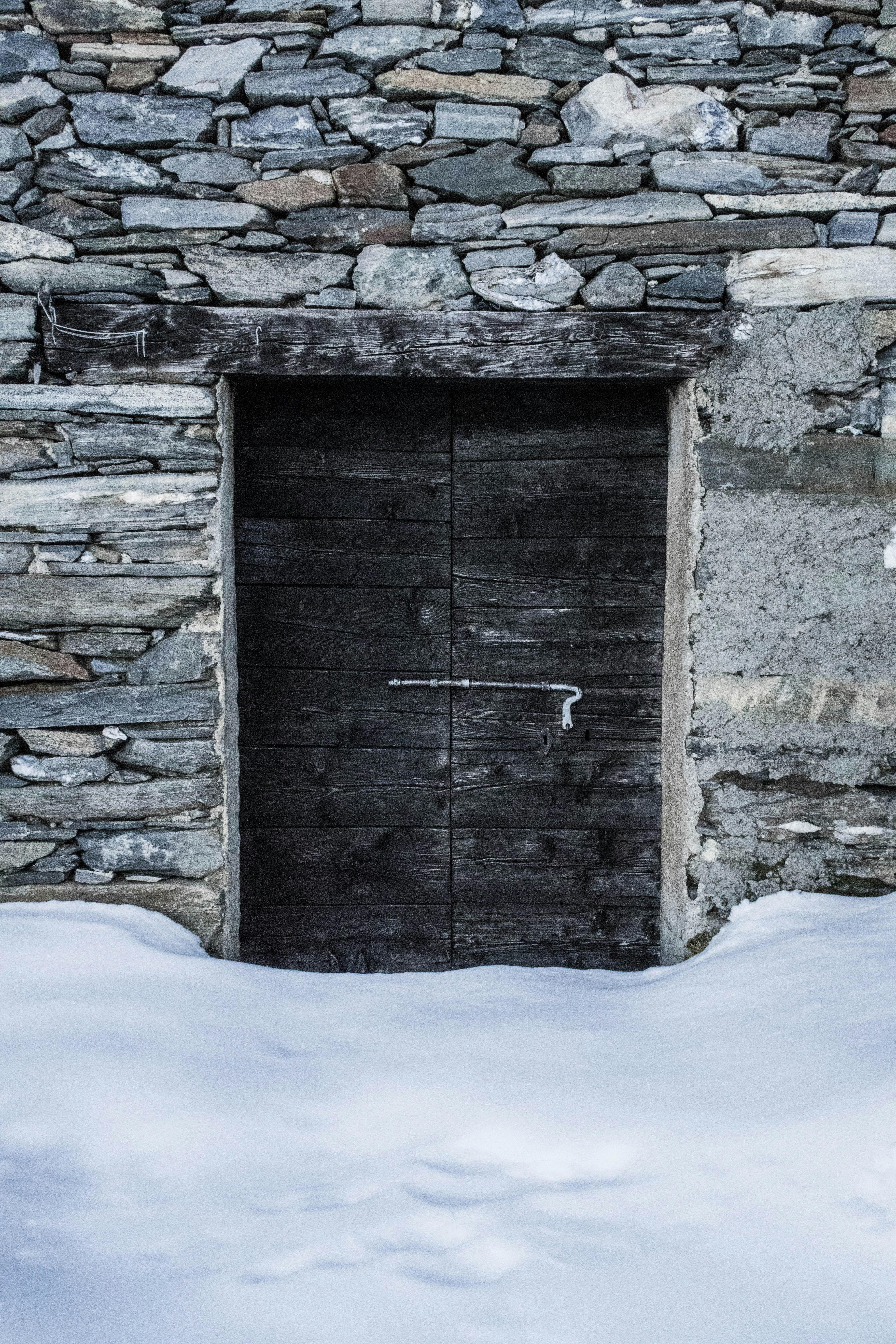
Maintenance Tips to Ensure Smooth Operation in Cold Conditions
When temperatures plunge, door locks become vulnerable to freezing and mechanical strain. To maintain seamless functionality throughout cold spells, it’s essential to apply a few strategic care practices. Start by regularly lubricating your locks using a silicone-based spray instead of oil, which can attract moisture and cause further freezing. Additionally, consider installing a weather-resistant cover over exterior locksets to shield them from ice formation and snow buildup. Pay close attention to the alignment of doors-miscues caused by contracting wood can lead to increased pressure on the locking mechanism, ultimately impairing its smooth operation.
Routine inspections coupled with proactive measures can extend lock lifespan and improve reliability during harsh winters. Here are some key actions to incorporate:
- Wipe down locks and keyholes from moisture after exposure to rain or snow
- Use a lock de-icer spray promptly at the first sign of freezing
- Ensure that door seals and weatherstripping remain intact to minimize cold air intrusion
- Keep spare keys handy to avoid long exposure if lock freezing occurs
| Common Problem | Recommended Action |
|---|---|
| Frozen Keyhole | Apply lock de-icer or warm the key before insertion |
| Misaligned Door | Adjust hinges or consult a professional for realignment |
| Sticky Mechanism | Lubricate with silicone spray monthly |
Q&A
Q: How does cold weather affect door locks in chilly regions?
A: In cold climates, freezing temperatures cause moisture inside a lock to freeze, leading to stiff or jammed mechanisms. Metal components can contract, making it harder for keys to turn smoothly.
Q: Why do door locks freeze in winter?
A: Moisture from humidity, rain, or snow seeps into the lock cylinder. When temperatures drop below freezing, this water turns to ice, effectively locking the lock from within until it thaws.
Q: Can cold temperatures damage the internal parts of a lock?
A: Repeated freezing and thawing cycles may cause rust or corrosion on the internal parts, weakening springs or tumblers, which can reduce the lock’s lifespan and reliability.
Q: How can I prevent my door locks from freezing in cold weather?
A: Applying a lubricant like graphite powder or silicone spray helps repel moisture and keeps the lock mechanism moving smoothly. Additionally, using a lock cover or shelter can shield it from snow and ice buildup.
Q: What should I do if my door lock freezes?
A: Avoid forcing the key, which can cause breakage. Instead, warm the key gently with your hands or a cloth, or use a hand warmer before inserting it. You can also apply a lock de-icer spray designed for winter use.
Q: Are certain types of locks better suited for cold weather?
A: Yes, weather-resistant locks made from stainless steel or brass tend to resist corrosion and freezing better. High-quality locks with sealed mechanisms can also reduce moisture ingress.
Q: How does humidity influence the likelihood of frozen locks?
A: In cold regions, higher humidity means more moisture is in the air, increasing the chance water will enter locks and freeze. Dry, cold air reduces this risk.
Q: Can extreme cold render electronic or smart locks unusable?
A: Extremely low temperatures can affect battery performance in electronic locks, potentially causing malfunctions. Some smart locks also have components sensitive to frost, so choosing models rated for cold climates is essential.
Q: What role does regular maintenance play in preventing lock issues during winter?
A: Regularly cleaning and lubricating locks removes dirt and moisture buildup, reduces friction, and helps prevent ice formation-keeping locks functional and extending their durability throughout harsh seasons.
Q: Is it advisable to switch to keyless entry systems in cold regions?
A: Keyless systems can reduce mechanical freezing problems, but they depend on batteries and electronics that may struggle in extreme cold. Balancing convenience with climate suitability is key when choosing a lock type.
Insights and Conclusions
As winter’s chill tightens its grip, the humble door lock becomes an unexpected battleground between man and nature. Understanding how cold weather affects these everyday guardians not only helps prevent frustrating lockouts but also extends the life of your home’s security. In the frosty dance of ice and metal, a little foresight-and a few winter-ready habits-can keep your doors turning smoothly through the coldest months. After all, when the mercury drops, it’s not just the temperature that needs to be prepared; your locks do too.


